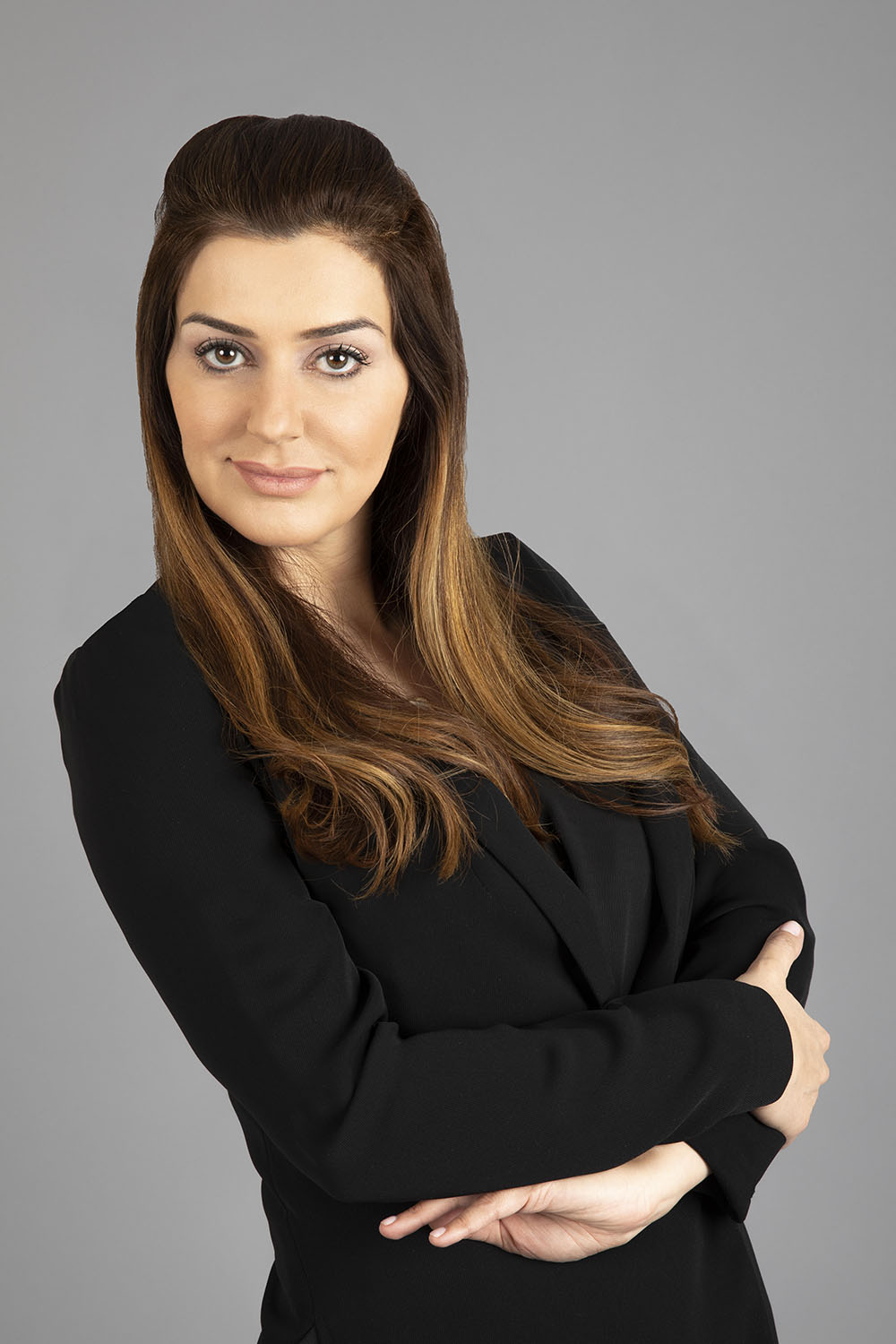The Justices have access to law clerks from leading law schools who assist them in researching petitions for cases, helping to decide which appeals are eligible to be heard, and providing questions during oral arguments.
Some clerks become leading attorneys, winning high percentages of appeals on behalf of clients. A select group has formed deep bonds with Justices and can use these relationships to influence their dockets.
1. Paul Clement
Paul Clement is widely considered one of the country’s premier appellate attorneys, having served as solicitor general under President George W. Bush and having argued more Supreme Court cases since 2000 than any other lawyer (whether from government or not).
He clerked for Judge Laurence Silberman of the U.S. Court of Appeals for the District of Columbia Circuit and later Justice Antonin Scalia at their respective courts of appeals before becoming an associate at Bancroft PLLC law firm.
He recently earned a significant legal victory for the National Rifle Association by challenging Obamacare, and has also secured successes for death row inmates, corporate corruption cases and affirmative action disputes.
2. Neal Katyal
Although measuring success at the Supreme Court can be challenging, certain attorneys clearly stand out. Katyal, former acting solicitor general and Paul Saunders Professor at Georgetown University, is known for his expertise in patent, constitutional, technology, securities and criminal law.
He represented Vice President Al Gore during the 2000 presidential election dispute and represented many leading private law schools in Grutter v. Bollinger – one of the landmark affirmative action cases from University of Michigan – with regards to affirmative action issues.
He clerked for Justices Breyer and Roberts and received the Edmund Randolph Award from the U.S. Justice Department in 2011.
3. Seth Waxman
Seth Waxman has made at least one Supreme Court appearance annually for over 26 years, serving both pro bono and pay cases that reach its bench. As former Solicitor General and currently leading Wilmer Cutler Pickering Hale and Dorr’s appellate practice – taking both high-profile pro bono cases and cases likely to reach that highest court of the land – for at least 26 terms now.
He exudes the confidence of someone with years of experience as an attorney, having clerked for a judge, worked in the solicitor general’s office and spent years at Miller Cassidy Larroca & Lewin handling civil and criminal litigation cases.
4. Gregory Garre
Gregory Garre has appeared before the U.S. Supreme Court more than 50 times and currently practices at Latham & Watkins, chairing their Supreme Court and Appellate Practice Group and handling complex litigation spanning federal, state constitutional and regulatory issues.
Mr. Thomas has successfully represented clients in several high-profile cases, such as Fisher v University of Texas, Ashcroft v Iqbal, United States v Home Concrete & Supply and Monsanto v Geerston Seed Farm; Maples v Thomas; Christian Legal Society v Martinez and Winter v Natural Resources Defense Council.
5. David Frederick
Kellogg Hansen Todd Figel & Frederick in Washington is home to one of only a select few private lawyers who regularly appear before the United States Supreme Court as an advocate for individuals, classes of workers and investors, state and local governments, unions, public-sector unions, nonprofit organizations and large corporations. Frederick offers his expertise on behalf of individuals as well as representing government bodies like unions.
He has practiced before every U.S. Court of Appeals and five state supreme courts. Additionally, he served as clerk to Supreme Court Justices Byron White and Joseph Sneed as well as being assistant solicitor general in the Justice Department.
Justices agree that top advocates often defend individuals against corporations. However, they also acknowledge that specialties Supreme Court bar give certain attorneys an edge.
6. Ted Olson
Olson has appeared before the Supreme Court 65 times and won an important case under George W. Bush that allowed corporations to spend unlimited funds on political campaigns. After leaving government service, he launched Gibson Dunn’s appellate and constitutional law practice.
Lawyers who previously served as law clerks to justices or another member of the court often receive priority seats on its high-profile cases, as the justices believe their experience helps them better comprehend and assess complex legal matters.
7. Jeffrey Fisher
Fisher is among the few lawyers with as extensive an arguing resume as Stanford Law School’s Supreme Court clinic director, representing criminal defendants, employees and consumers at no charge to them in this clinic. Justices also know him well from serving on his clerkship staffs.
This figure includes attorneys from the Office of the Solicitor General; however, even without them included, Paul Clement, Neal Katyal and Seth Waxman still make the top seven as evidence that familiarity can make a difference (Empirical SCOTUS used this methodology for all their case win figures in its post). Subscribe now to Law360!


